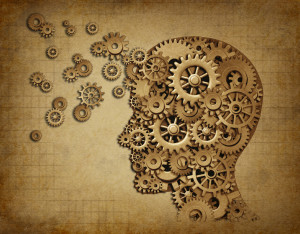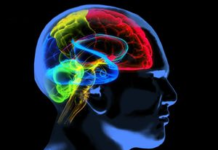
New York– For the first time, scientists have recorded how our brains navigate physical space and keep track of others location, suggesting that our brains generate a common code to mark where other people are in relation to ourselves.
Researchers used a special backpack to wirelessly monitor the brain waves of epilepsy patients as each one walked around an empty room hunting for a hidden, two-foot spot.
In an article published in Nature, the scientists report that the waves flowed in a distinct pattern suggesting that each individual’s brain had mapped out the walls and other boundaries.
Interestingly, each participant’s brain waves flowed in a similar manner when they sat in the corner of the room and watched someone else walk around, suggesting these waves were also used to track other people’s movements.
“We were able to directly study for the first time how a person’s brain navigates an actual physical space that is shared with others,” said Nanthia Suthana, assistant professor of neurosurgery and psychiatry at the David Geffen School of Medicine at the University of California, Los Angeles (UCLA).
The study was part of the US National Institute of Health’s (NIH) Brain Research through Advancing Innovative Neurotechnologies (BRAIN) Initiative.
In this study, the team worked with a group of participants with drug-resistant epilepsy, 31-52 years old, whose brains have been surgically implanted with electrodes to control their seizures.
The electrodes reside in a memory centre in the brain called the medial temporal lobe, which is also thought to control navigation, at least in rodents.
Over the past half century, scientists, including three Nobel Prize winners, discovered that neurons in this lobe act like a global positioning system (GPS).
“Several pieces of indirect evidence support the medial temporal lobe’s role in how we navigate. But testing these ideas any further has been technically difficult,” said Matthias Stangl, postdoctoral scholar at UCLA and the lead author of the article.
Dr Suthana’s team plans to explore these ideas in greater depth.
In addition, the team has made the backpack available to other researchers who want to learn more about the brain and brain disorders. (IANS)













